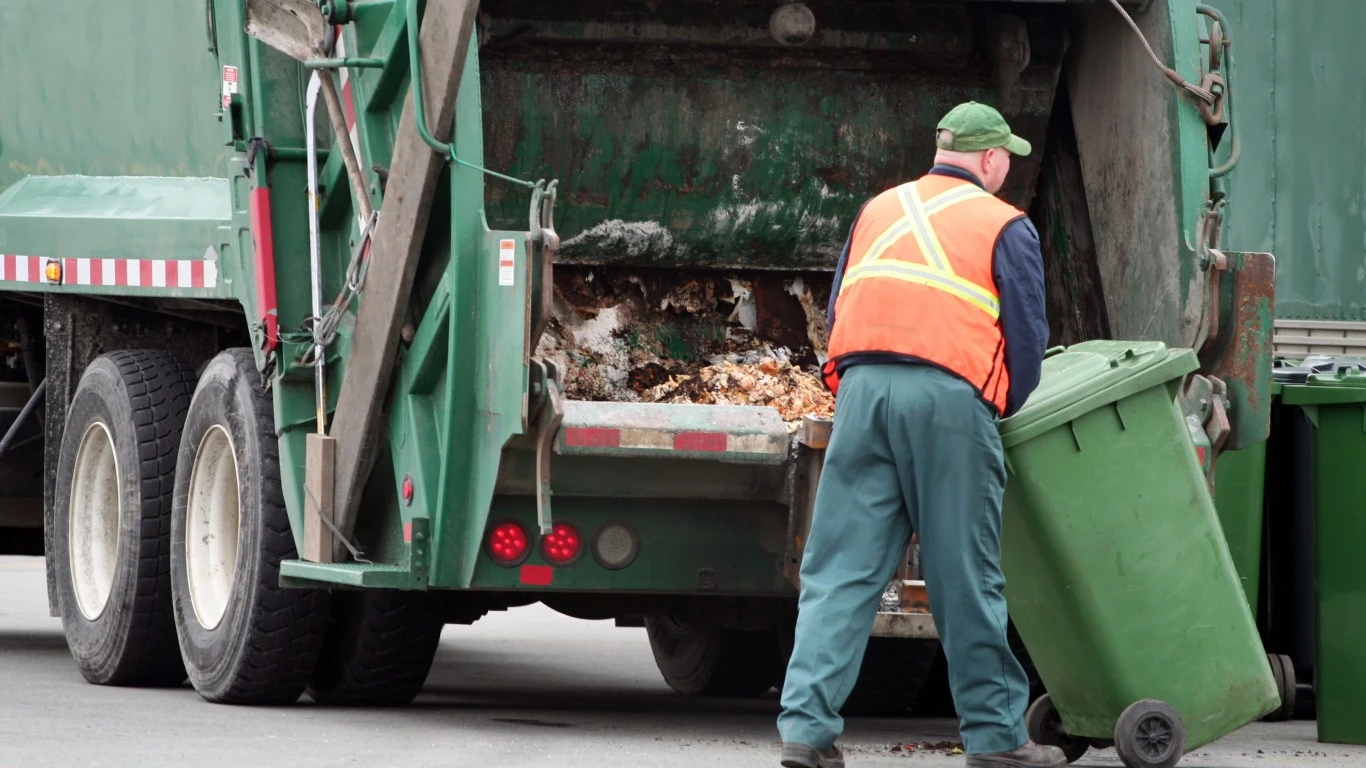
There was a time three decades ago when some of America’s cities were choked by smog. Clean air rules have helped improve that situation, but the effects have been limited. Recently, Los Angeles posted its smoggiest day in 30 years.
Air pollution isn’t the only measure of dirty cities, though. Other conditions include rats, which continue to infect New York City and more of America’s largest cities, despite years of attempts to exterminate them. Garbage is another problem. Occasionally, sanitation workers go on strike and there is no garbage pickup at all. Or a city might rank high on effective waste disposal but get low marks due to poor living conditions. When all factors are considered, America’s dirtiest city is Palmdale, California.
Click here to see America’s 50 dirtiest cities
To identify the dirtiest American cities, 24/7 Tempo reviewed a ranking created by LawnStarter, a lawn care startup that frequently conducts research into city and state amenities. The site compared the country’s 200 largest cities across 20 key metrics, encompassing indicators of pollution, living conditions, resident satisfaction with city cleanliness, and infrastructure factors to assign each city an overall score. (Take note of the worst city to live in every state.)
To that score, 24/7 Tempo added each municipality’s average daily PM2.5 (the concentration of particulate matter with a diameter of less than 2.5 micrometers) per cubic meter of air for each city’s county, drawn from the County Health Rankings and Roadmaps, a collaboration between the University of Wisconsin Population Health Institute and the Robert Woods Johnson Foundation. Population figures are from the U.S. Census Bureau’s 2019 American Community Survey five-year estimates. (See how the population of every state has changed since 1880.)





